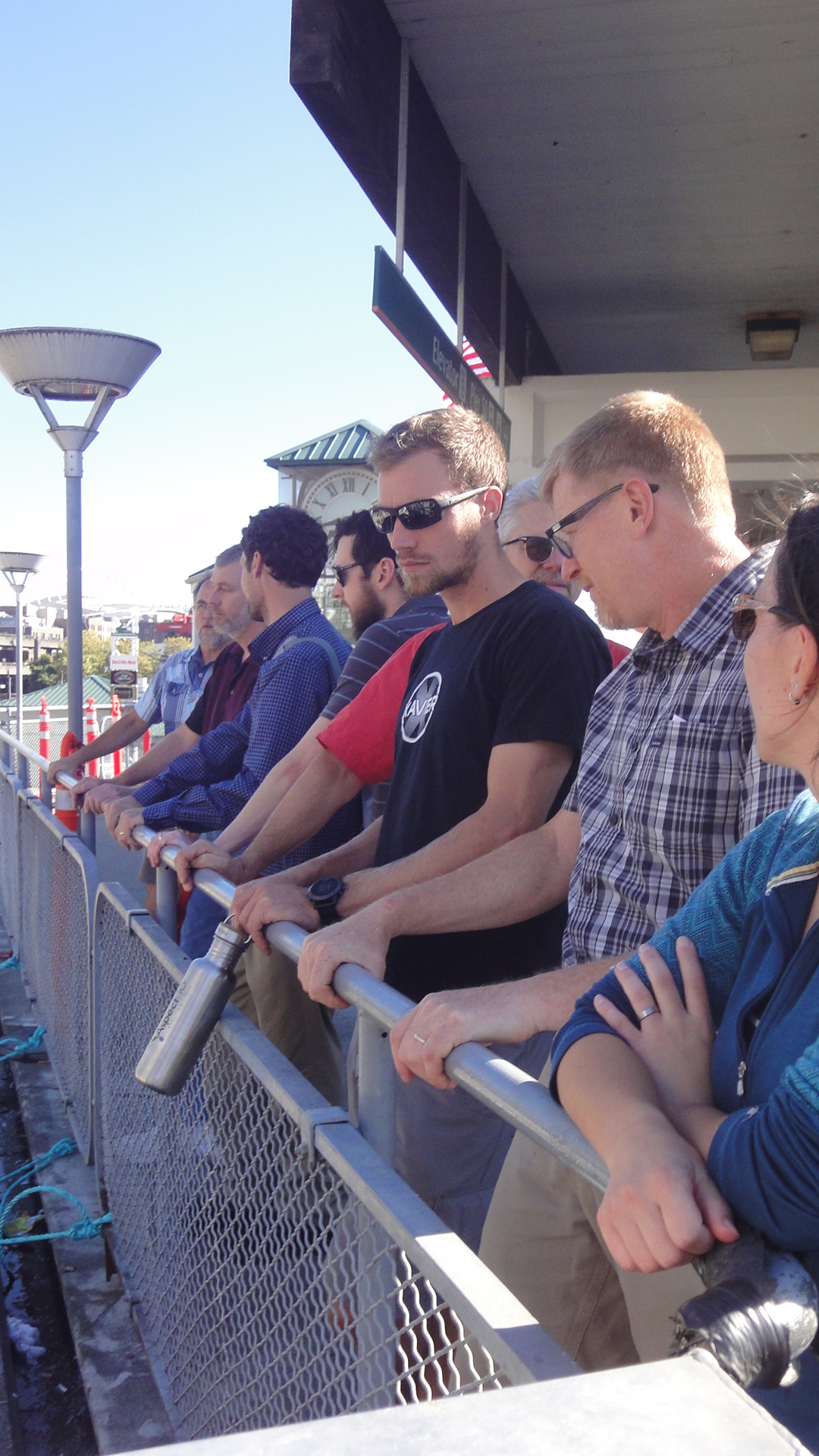The story of environmental consulting projects often start with what the laboratory results tell us. However, all results are not created equal, and it’s important to know the big picture – site subsurface conditions, regulatory criteria, and chemistry principles – when uncovering culprit contaminants.
At one of Aspect’s recent, ongoing Technical Exchanges, Staff Scientist Andrew Yonkofski invited Mike Erdahl from Environmental Laboratory Friedman and Bruya to discuss the role of analytical chemistry in environmental consulting, including general petroleum chemistry, gas chromatography, and interpreting those results. Part of the discussion was focused on an Aspect-specific case study from a Seattle-area waterfront site. This site presents a unique look at how organic matter in the subsurface can affect results from the NWTPH-Dx analysis.
Lessons learned from the talk included:
Common petroleum hydrocarbon mixtures, such as gasoline and diesel, contain thousands of unique organic compounds. The NWTPH-Gx and NWTPH-Dx analytical methodologies attempt to capture the wide range of organic compounds found in petroleum hydrocarbon mixtures.
While the laboratory provides a reproduceable, quantifiable number for total petroleum hydrocarbon (TPH) results, those results often need to be interpreted in light of the chromatographic results. For instance, the higher boiling end of gasoline overlaps into the diesel-range. As the gasoline weathers, the proportion of material in the diesel range increases in relation to the total TPH value. Qualifying the diesel results as overlap from gasoline contamination can reduce the number of site-specific contaminant of concerns.
Likewise, results using both the NWTPH-Gx and NWTPH-Dx methodologies can sometimes include organic compounds from natural sources including degradation of organic material in the subsurface.
To properly characterize a site, environmental consultants must use multiple lines of evidence to determine the nature and extents of contamination. This includes interpreting analytical results and the associated chromatograms in the context of the historical site use.
This chromatogram illustrates how gasoline can overlap into the diesel-range. The diesel results reported by the lab do not indicate a separate diesel release from the gasoline release but rather illustrate how gasoline can overlap into the diesel-range as the product becomes weathered in the subsurface.
This example shows what a chromatogram may look like when there are multiple sources (both gasoline and diesel) present in a sample.











